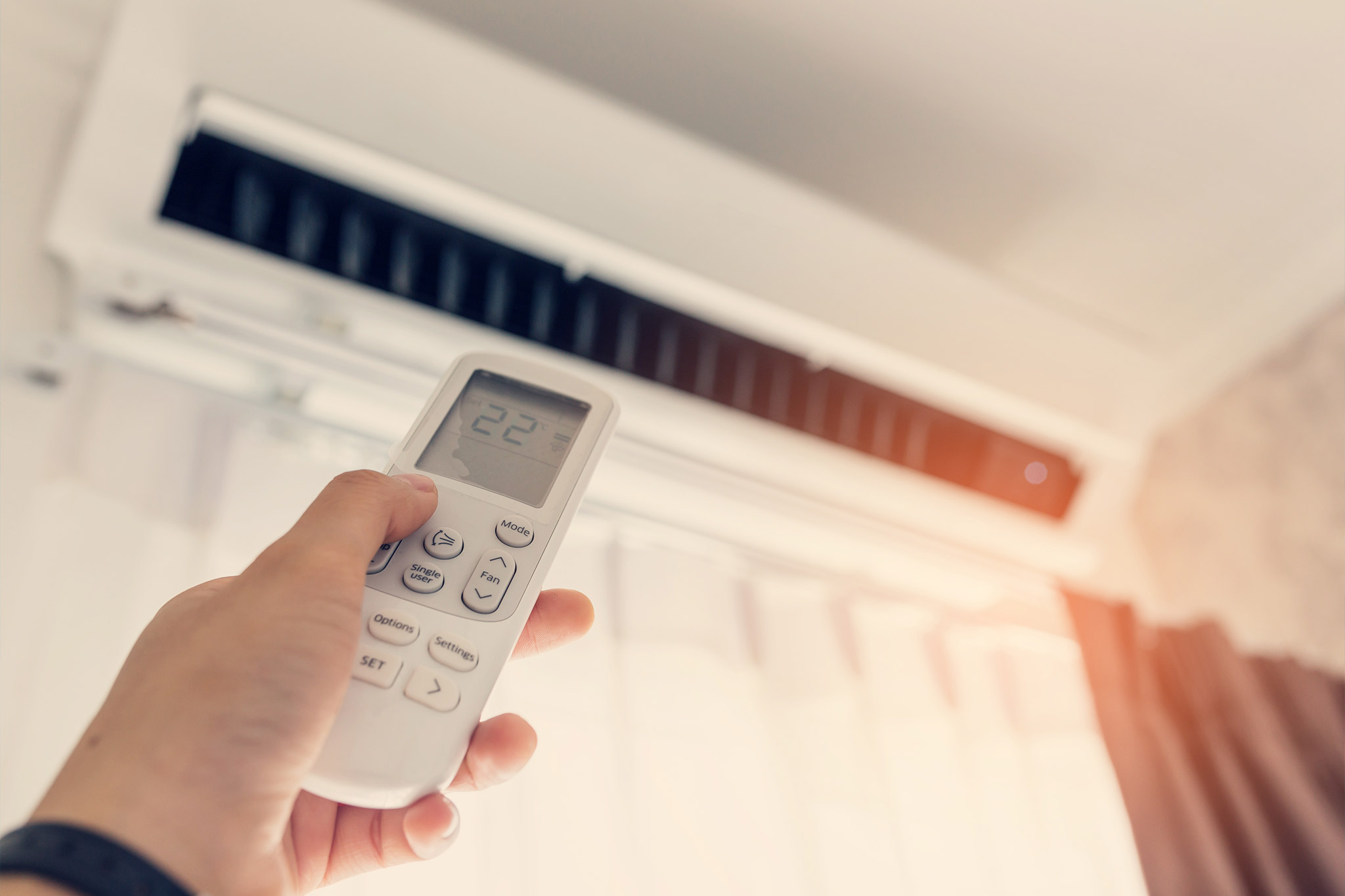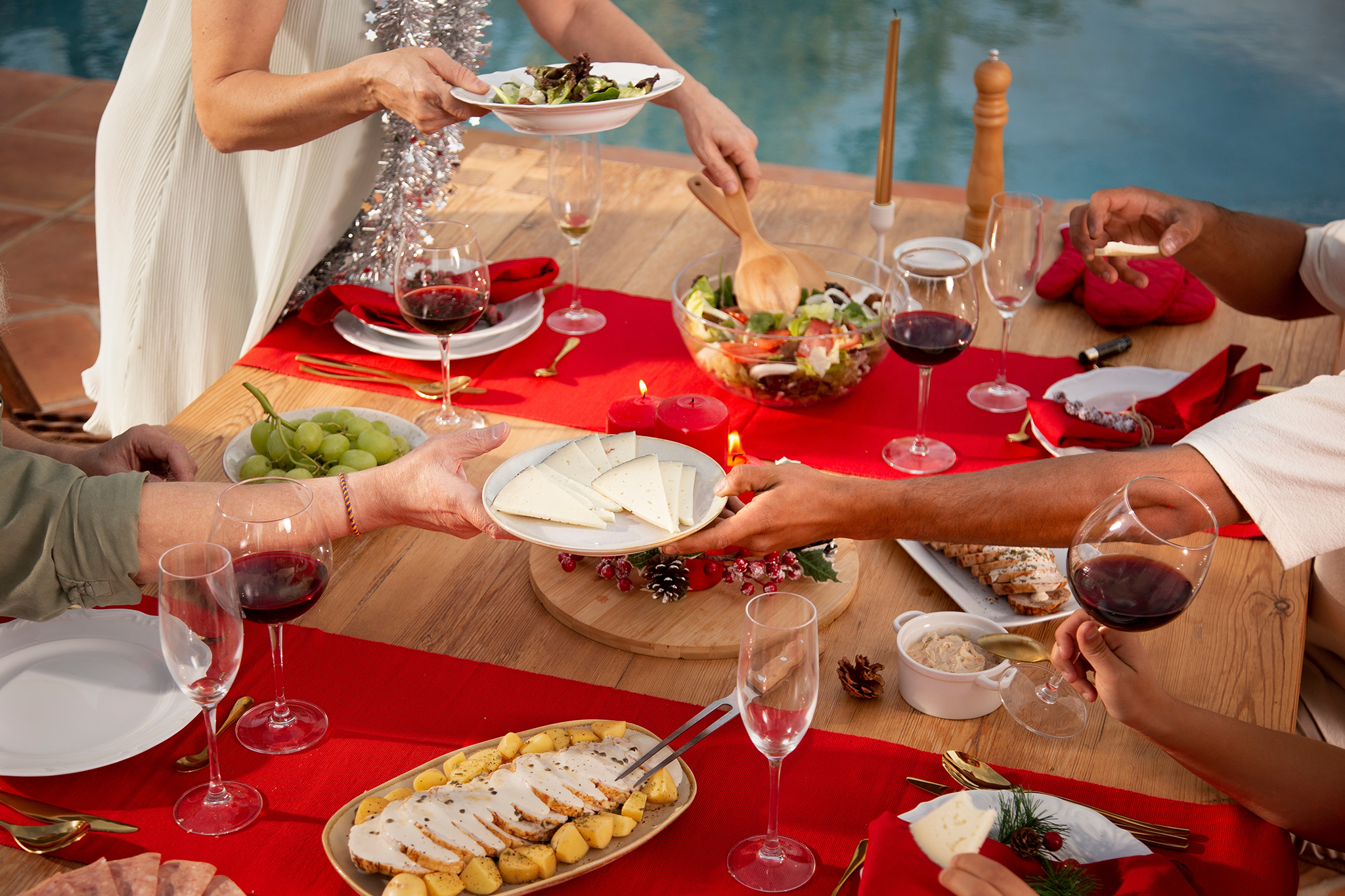

Beat the Heat
How to Survive a Heatwave in Australia
Every summer, Australians are plagued with seething heat that’s almost too extreme to fathom, the kind of heat that mimics Dante’s Inferno and that dominates polite conversation with strangers. This year, we’ve already experienced an absurd number of incredibly hot days, with temperatures ranging from the mid-thirties to low forties. Unfortunately, climate change means that heatwaves may become all the more prevalent in Australia, meaning we need to be prepared to deal with extreme temperatures. It might seem superfluous to encourage you to stay safe and hydrated, but the reality is that heat related illnesses can develop and worsen without your realising. So, this summer, it’s more important than ever to take measures to beat the heat. Here are our suggestions on how to stay safe during a heatwave…
Drink plenty of water
Ok, let’s start with the basics. Drinking plenty of water is especially important during a heatwave as you will need to replenish what your body has lost through sweat. It’s important to continue to drink water even if you do not feel thirsty. If you wait until you’re thirsty to drink, your body will be playing catch up all day. It’s important to note that dehydration has been recognised as a leading culprit behind heat exhaustion, a heat-related illness that we’ll explore in more detail below. Make sure that you don’t replace water with alcohol, caffeine or sugary drinks; these can actually contribute to dehydration, rather than combatting it.
Be aware of signs of heat exhaustion & heat stroke
Heat exhaustion is a heat-related illness that occurs when a person becomes dehydrated due to a lack of fluid consumption and/or loss of water through sweating. Heat exhaustion is generally associated with the following symptoms:
- Nausea
- Dizziness
- Lethargy
- Rapid pulse
- Shallow breathing
- Headaches
- Muscle cramps
- Pale, clammy skin
The Australian Red Cross outlines the following treatments for heat exhaustion:
- Moving to a cool, shaded area
- Removing any restrictive clothing
- Drinking water
- Cooling and moisturising the skin.
If symptoms do not improve, it’s important that you seek urgent medical treatment.
If left untreated, heat exhaustion can lead to heat stroke, a life-threatening heat-related illness that is considered an extreme medical emergency. When experiencing heat stroke, your body will be unable to lower its temperature to normal limits without medical intervention. Heat stroke may result in additional symptoms, such as:
- Dry, red skin
- Confusion
- Seizures
- Loss of consciousness
- Incoherent speech
- Abnormal movements or walking
- Reduced sweating
If someone is experiencing heat stroke, an ambulance should be called as soon as possible.
While extreme heat can affect anyone, there are certain groups who are more at risk, including pregnant women, elderly people, babies and young children, and vulnerable members of the community, such as homeless or chronically ill people.
To learn more about the symptoms of heat exhaustion and heat stroke, visit the Australian Red Cross website.
Avoid intense exercise (particularly outdoors!)
Gym lovers, this may hurt. We recommend giving your workout a miss on extremely hot days. Your body is already working to stay cool, and exercising in the heat will put it under even more strain. Even if you’re exercising indoors, temperatures may be higher than normal with air conditioners fighting to keep up. If you like to exercise outdoors, we recommend doing so very early in the morning, or in the evening once the temperature has cooled. Even so, we suggest keeping things light and not going for any personal bests…
Stay out of the sun
One of the easiest ways to plunge your body into heat exhaustion is to stay in the sun and heat for too long. Sun exposure on a hot day can put your body under extreme stress, so you should avoid the sun if you can. If you can’t avoid some sun exposure, then it’s important to stay hydrated and protect yourself with a hat and sunscreen.
Keep doors and windows closed
The best way to keep your home cool is to keep all windows, doors and blinds closed. If you have air conditioning or ceiling fans, then we recommend keeping these on to help regulate the temperature inside your home. Unless you have evaporative air conditioning that works best when air can flow between rooms, we suggest closing the doors to rooms that you aren’t using.
Time your outdoor activities wisely
We suggest planning any activities or essential outings for the coolest times of day, such as in the early morning or evening. We know it might be frustrating, but try and reschedule any non-essential outings for another day, we promise, they’ll be much more bearable…
Visit Healthy WA for more tips on how to stay safe during extreme weather events.
Disclaimer: This blog contains general information relating to various medical conditions and their treatment. This content is for informational purposes only and does not substitute for professional medical advice, diagnosis, or treatment. Always seek the advice of your physician or other qualified health provider.



